

| Company : Croisi Europe |
| Ship : MS Miguel Torga |
| Journey Start : Sun 24 Aug 2025 |
| Journey End : Fri 29 Aug 2025 |
| Count Nights : 5 nights |
| Day | Date | Port | Arrival | Departure |
|---|---|---|---|---|
| 1 | 24.08 Sun | Porto / Portugal | 17:00 | |
| 2 | 25.08 Mon | Porto / Portugal | 13:00 | |
| 2 | 25.08 Mon | Peso da Régua / Portugal | 19:30 | |
| 3 | 26.08 Tue | Peso da Régua / Portugal | 09:00 | |
| 3 | 26.08 Tue | Pinhao / Portugal | 11:45 | 13:00 |
| 3 | 26.08 Tue | Vega de Terron / Spain | 21:00 | |
| 4 | 27.08 Wed | Vega de Terron / Spain | 16:00 | |
| 4 | 27.08 Wed | Barca d'Alva / Portugal | 16:30 | 16:30 |
| 4 | 27.08 Wed | Senhora dos Aflitos / Portugal | 20:30 | |
| 5 | 28.08 Thu | Senhora dos Aflitos / Portugal | 07:45 | |
| 5 | 28.08 Thu | Ferradosa / Portugal | 08:45 | 09:15 |
| 5 | 28.08 Thu | Folgosa / Portugal | 12:30 | 13:30 |
| 5 | 28.08 Thu | Leverinho / Portugal | 20:00 | |
| 6 | 29.08 Fri | Leverinho / Portugal | 07:15 | |
| 6 | 29.08 Fri | Porto / Portugal | 08:45 | 09:00 |
All inclusive on board:
All meals included - DRINKS INCLUDED with meals and at the bar
Refined French cuisine - Gala dinner and evening - Welcome cocktail
Free Wi-Fi onboard
Headsets are included for excursions
Official welcome from the captain and crew
Onboard activities
Travel assistance and repatriation insurance
All port fees included
Additional expenses:
Airfare and transfers to/from the departure and arrival ports
Personal expenses (e.g., souvenirs, extra drinks beyond those included)
Tips for crew and guides (recommended) from €9 per day per guest
Medical insurance (optional, at your own discretion)
Excursions and activities not included in the program
Additional onboard services (spa, massage, laundry, etc.)
PAYMENT AND BOOKING CONDITIONS:
A deposit 30 % is due within 4 days after confirmation if you pay credit card, bank transfer, or personal check. If you pay by credit card, you must sign an authorization form. If paying by wire transfer, the transfer must be received within 8 days after confirmation. Final payment is due at least 90 days prior to departure. Vouchers will be sent by email at 30 days prior to departure and only when full payment has been made. You are considered confirmed when we receive your deposit of 30 % of the price of the cruise, or, if you are confirmed within 90 days before departure, you are confirmed when we receive your full payment. Failure to pay the balance by the 90-day deadline is a default that entitles us to cancel your agreement and retain your deposit if you do not pay within eight days after notice of nonpayment.
CANCELLATION:
1) TRAVELLER’S RIGHT OF CANCELLATION
The traveller may cancel the contract at any time prior to the start of the trip or stay, subject to the payment of appropriate cancellation fees or, where applicable, standard cancellation fees charged by the organiser or retailer, in accordance with Article L. 211-14 I of the French Tourism Code.
2) CANCELLATION COSTS
In the event of cancellation by the customer, and in accordance with Article L 211-14 of the French Tourism Code, the sums paid will be reimbursed minus the cancellation fees per person specified below, depending on the date of cancellation in relation to the departure date, and the non-refundable costs of insurance, reservation fees and visa fees, as well as all other insurance and cancellation fees required by our suppliers. If one of the passengers in a double room or cabin cancels his/her reservation, the remaining passenger will have to pay the double room or cabin supplement for individual use. All cancellations must be sent to the seller by registered mail with acknowledgment of receipt..
Cost of cancelling CroisiEurope river cruises:
• More than 90 days before date of departure: 150 €, not including VAT, in administration fees will be charged per person (fees for themed-weekend and Christmas-market cruises are listed after)
• From 90 to 60 days: 20 % of total amount of cruise package
• From 59 to 30 days: 50 % of total amount of cruise package
• From 29 to 19 days: 60 % of total amount of cruise package
• From 18 to 9 days: 75 % of total amount of cruise package
• 8 days or less before departure: 100 % of total amount of cruise package
For CroisiEurope themed-weekend and Christmas-market river cruises, a cancellation fee of 50 €, not including VAT, will be charged per person at more than 90 days before departure. The fee schedule listed above remains unchanged for these cruises.
Cost of cancelling CroisiEurope seafaring cruises:
• More than 90 days before date of departure: 300 €, not including VAT, in administration fees will be charged per person
• From 90 to 60 days: 40 % of total amount of cruise package
• From 59 to 30 days: 60 % of total amount of cruise package
• From 29 to 9 days: 75 % of total amount of cruise package
• 8 days or less before departure: 100 % of total amount of cruise package
Cancellation terms and conditions above, the cancellation fees for CroisiEurope “New Year’s Eve” river and seafaring cruises are as follows:
• More than 90 days before date of departure: 300 €, not including
VAT, in administration fees will be charged per person
• From 90 to 60 days: 40 % of total amount of cruise package
• From 59 to 30 days: 60 % of total amount of cruise package
• From 29 to 20 days: 75 % of total amount of cruise package
• 19 days or less before departure: 100 % of total amount of cruise package
Cancellation fees for the cruises on the Mekong, Ganges, Nile and in Southern Africa:
• More than 90 days before date of departure: 300 €, not including VAT, in administration fees will be charged per person
• From 90 to 61 days: 35 % of total amount of cruise package
• From 60 to 31 days: 50 % of total amount of cruise package
• From 30 to 20 days: 70 % of total amount of cruise package
• From 19 to 9 days: 80 % of total amount of cruise package
• 8 days or less before departure: 100 % of total amount of cruise package
By accepting these general terms and conditions of sale, the traveller expressly acknowledges that he/she has been previously informed and agrees to the cancellation fees in the manner set out above.
IMPORTANT: All packages including air transport are subject to the general and specific cancellation conditions of the designated airline companies. In the event of cancellation by one or more passengers, the following cancellation conditions shall be applied:
• River, maritime and coastal services: pursuant to the general terms and conditions of CroisiEurope.
• Air transport: terms and conditions of the designated airline company, available on the web sites of the respective airlines or from our booking departments on request.
In addition, the amount of cancellation fees relating to land-based services (hotel, for example) will correspond to the amount of actual fees invoiced by the partner to CroisiEurope.
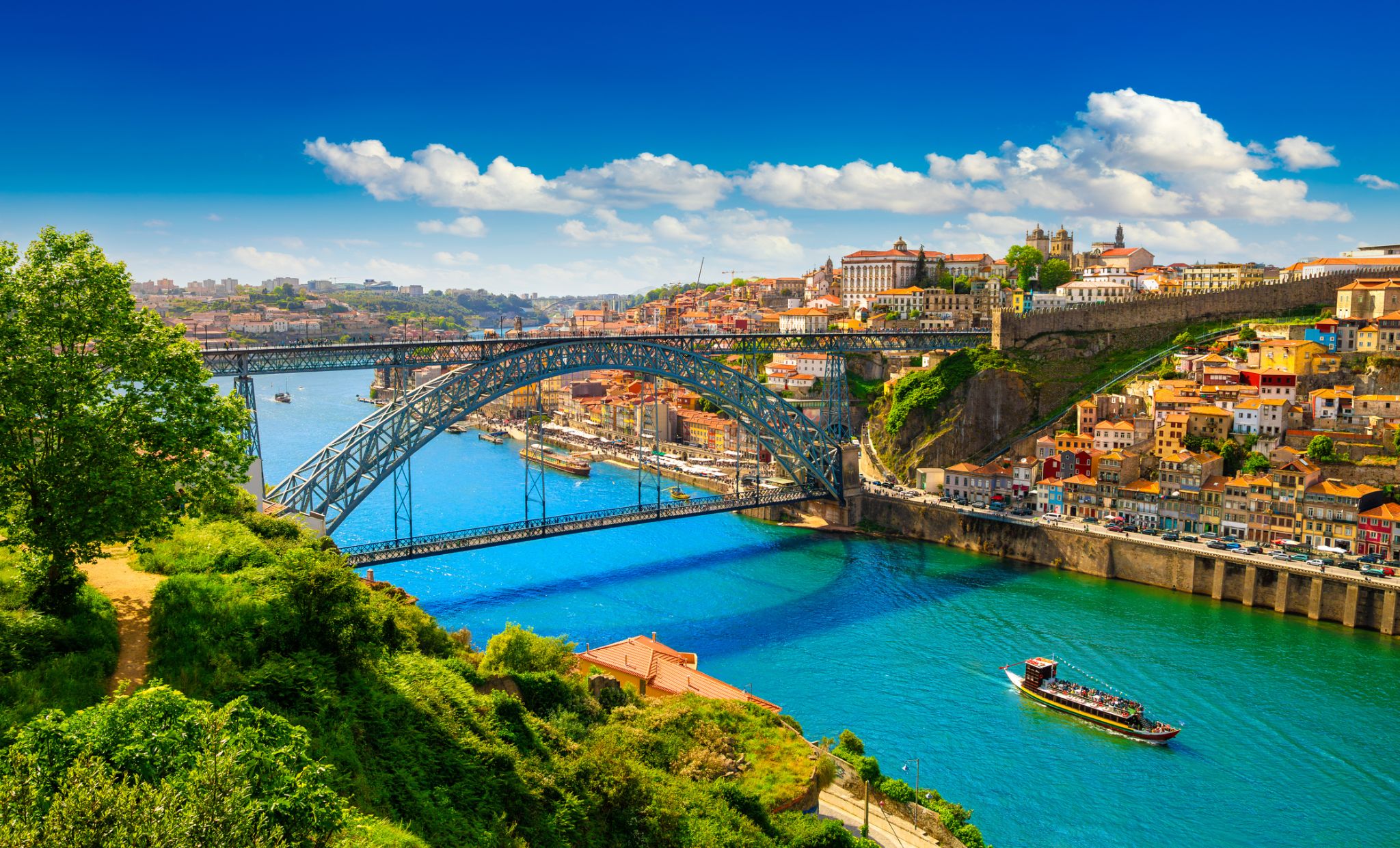
Порту является вторым по величине городом Португалии после Лиссабона и одним из крупных городских районов Пиренейского полуострова. Население самого города составляет 237 591 человек, а в столичном районе Порту, который выходит за административные пределы города, проживает 1,9 миллиона человек (2011 год) на площади 2 395 км2 (925 кв. Миль), что делает его вторым самый большой городской район в Португалии. Он признан глобальным городом гамма-уровня Исследовательской группой по глобализации и глобальным городам (GaWC), единственным португальским городом, кроме Лиссабона, который был признан глобальным городом.
Расположенный вдоль устья реки Дору на севере Португалии, Порту является одним из старейших европейских центров, и его историческое ядро было объявлено ЮНЕСКО объектом Всемирного наследия в 1996 году. Западная часть его городской территории простирается до береговой линии Атлантического океана. Его поселение датируется много веков, когда он был форпостом Римской империи. Его объединенное кельтско-латинское имя, Portus Cale, было названо происхождением названия «Португалия», основанного на транслитерации и устной эволюции от латыни. На португальском языке название города пишется с определенной статьей о Порту ; следовательно, его английское название произошло от неправильного толкования устного произношения и упоминается как Опорто в современной литературе и многими ораторами.

Порту является вторым по величине городом Португалии после Лиссабона и одним из крупных городских районов Пиренейского полуострова. Население самого города составляет 237 591 человек, а в столичном районе Порту, который выходит за административные пределы города, проживает 1,9 миллиона человек (2011 год) на площади 2 395 км2 (925 кв. Миль), что делает его вторым самый большой городской район в Португалии. Он признан глобальным городом гамма-уровня Исследовательской группой по глобализации и глобальным городам (GaWC), единственным португальским городом, кроме Лиссабона, который был признан глобальным городом.
Расположенный вдоль устья реки Дору на севере Португалии, Порту является одним из старейших европейских центров, и его историческое ядро было объявлено ЮНЕСКО объектом Всемирного наследия в 1996 году. Западная часть его городской территории простирается до береговой линии Атлантического океана. Его поселение датируется много веков, когда он был форпостом Римской империи. Его объединенное кельтско-латинское имя, Portus Cale, было названо происхождением названия «Португалия», основанного на транслитерации и устной эволюции от латыни. На португальском языке название города пишется с определенной статьей о Порту ; следовательно, его английское название произошло от неправильного толкования устного произношения и упоминается как Опорто в современной литературе и многими ораторами.
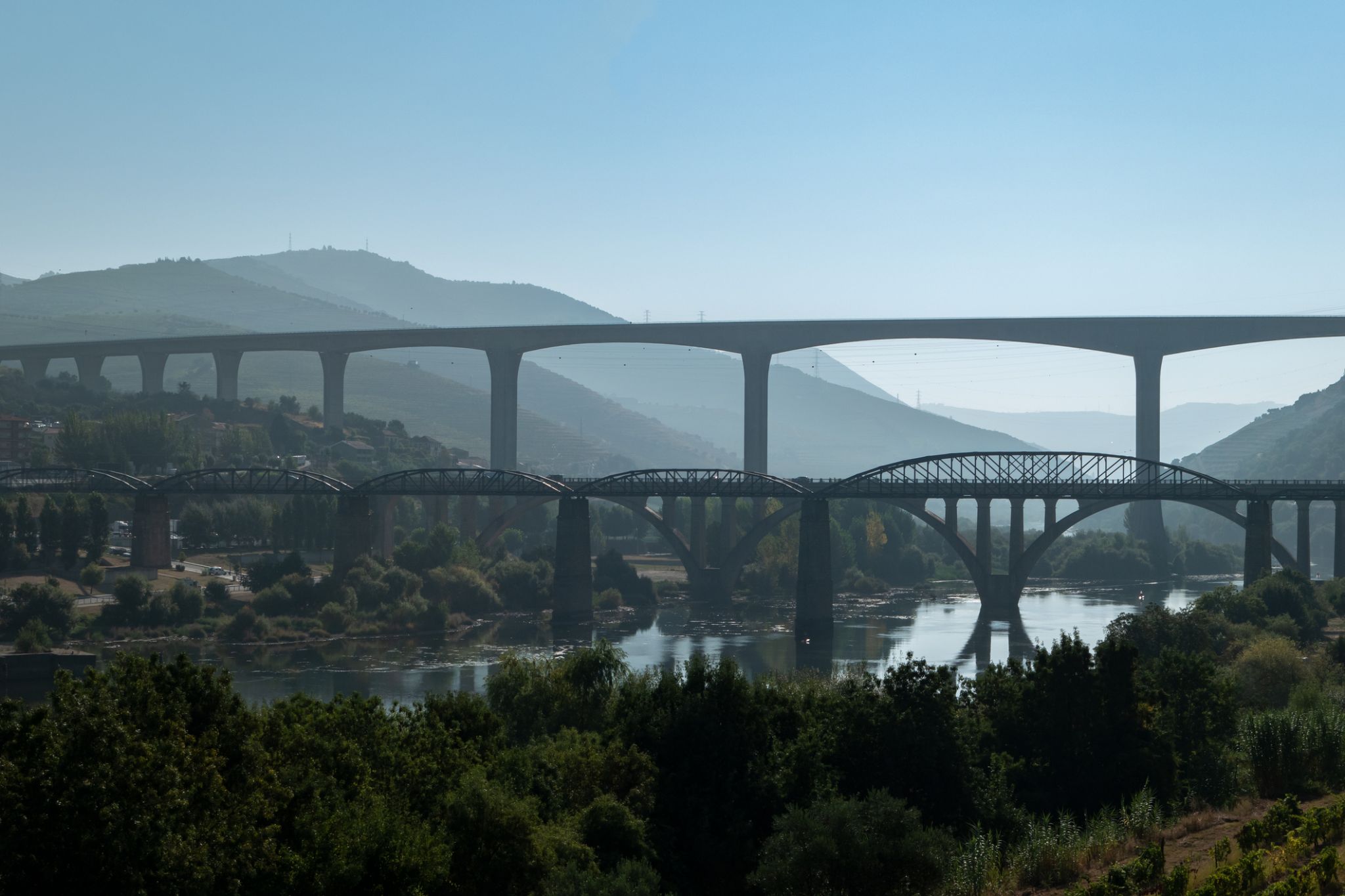

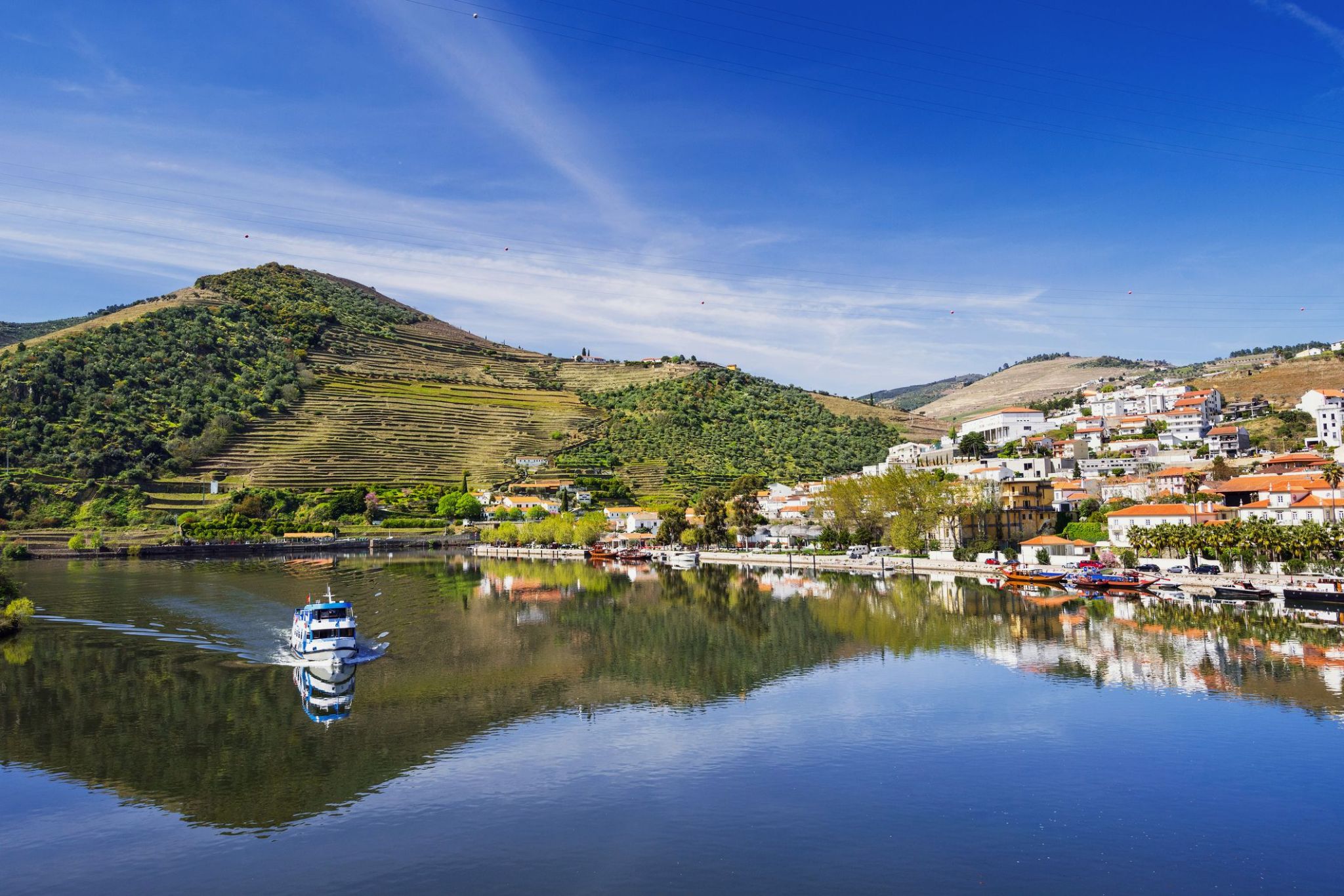
Quietly nestled in the heart of the Douro Valley, Pinhao (Pinhão) enchants with its vineyards stretching across terraced hillsides above the winding river. This small Portuguese town, surrounded by breathtaking landscapes, is one of the main winemaking centers of the region and is part of a UNESCO World Heritage site. Many river cruises begin here, and a ride on the scenic Linha do Douro railway is a real treat for lovers of nature and history.
Pinhao is known for its cozy and authentic atmosphere: the old train station decorated with azulejos — traditional Portuguese tiles — tells stories of wine harvests and river life. Visitors can stay at local wine estates (quintas), taste port wine straight from the source, and enjoy sunsets reflected in the river's waters. It’s the perfect place for those seeking a relaxed retreat surrounded by unique cultural and natural richness.
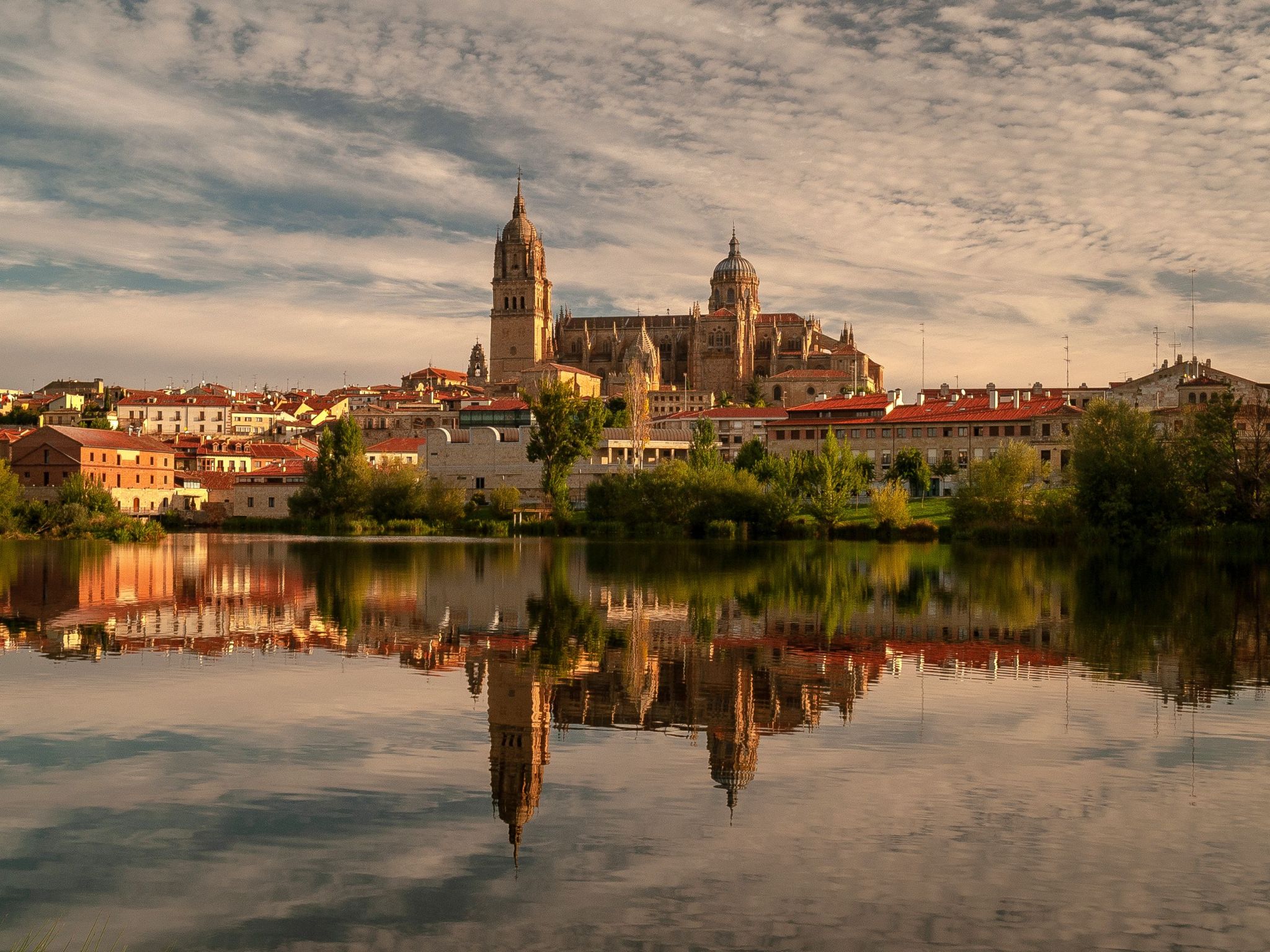
Vega de Terron is a small but strategically important river port in western Spain, located on the border with Portugal in the province of Salamanca. It marks the final stop for cruises along the Douro River coming from Portugal into Spain. Surrounded by scenic hills and vineyards of the Castile and León region, the port serves as a gateway into the Spanish countryside, where traditional rhythms of life and rural charm still prevail.
From here, travelers often begin excursions to the famous city of Salamanca — one of the oldest university towns in Europe, just 90 kilometers away. Vega de Terrón is also popular among wine lovers, as it lies near the renowned Ribera del Duero wine region. This place offers an ideal introduction to Spanish history, architecture, and gastronomy after a cruise through the green valleys of northern Portugal. Though small, the port plays a key role in the cultural route between the two countries.

Vega de Terron is a small but strategically important river port in western Spain, located on the border with Portugal in the province of Salamanca. It marks the final stop for cruises along the Douro River coming from Portugal into Spain. Surrounded by scenic hills and vineyards of the Castile and León region, the port serves as a gateway into the Spanish countryside, where traditional rhythms of life and rural charm still prevail.
From here, travelers often begin excursions to the famous city of Salamanca — one of the oldest university towns in Europe, just 90 kilometers away. Vega de Terrón is also popular among wine lovers, as it lies near the renowned Ribera del Duero wine region. This place offers an ideal introduction to Spanish history, architecture, and gastronomy after a cruise through the green valleys of northern Portugal. Though small, the port plays a key role in the cultural route between the two countries.
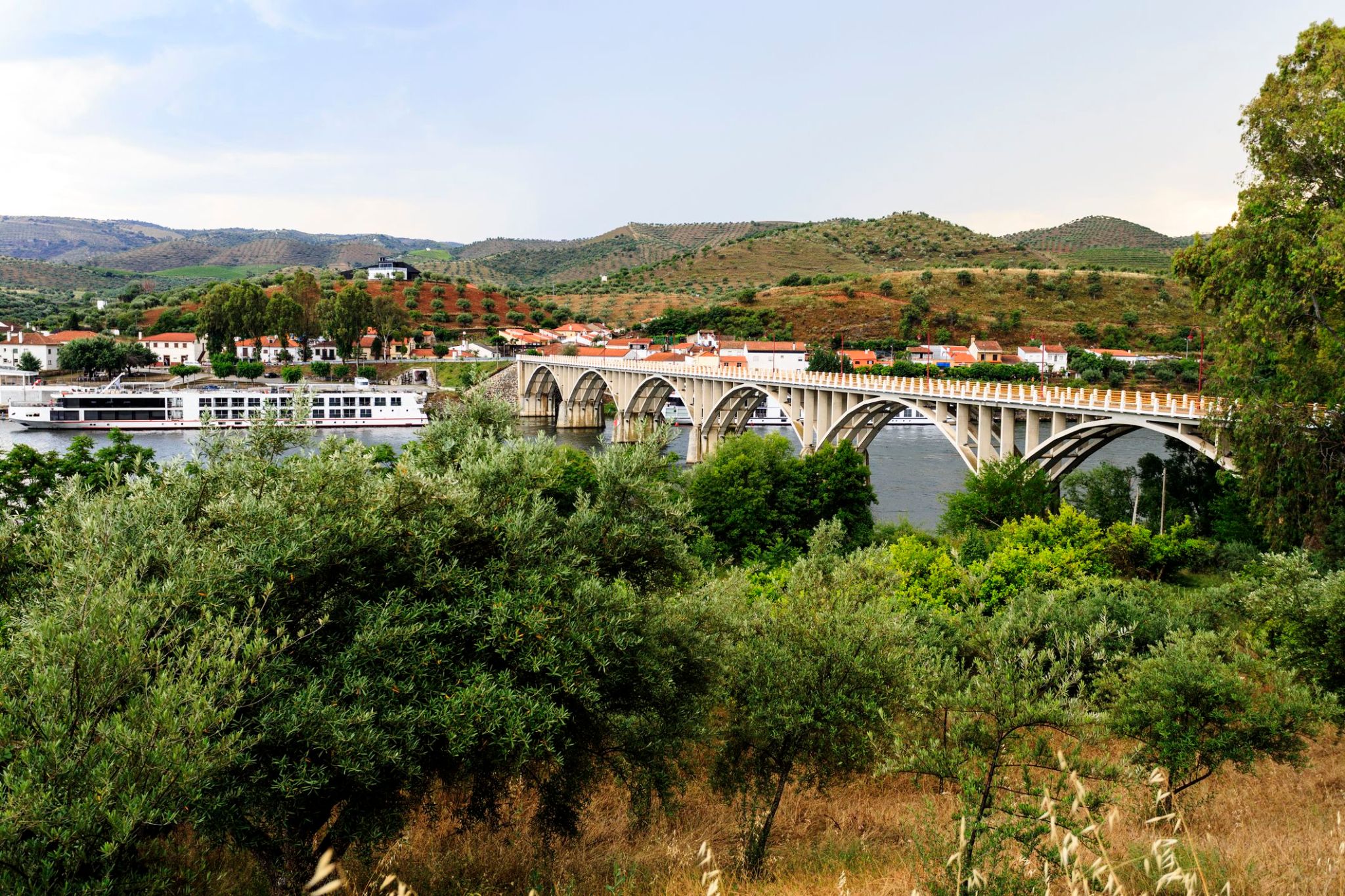
Among the vineyards and hills in northeastern Portugal, right at the border with Spain, lies Barca d'Alva — a small village with a big soul. This is where the Douro River meets the Spanish Salamanca, and the stunning landscapes form the perfect setting for the beginning of an unforgettable cruise. The railway station, built in the 19th century, once connected Lisbon and Madrid, and still stands as a symbol of the village’s former role as a transport hub.
Today, Barca d'Alva is a haven for those seeking peace, nature, and wine. Visitors come to admire the terraced vineyards, taste the local port wine, and walk along the old railway line. Nearby, one can spot eagles and storks nesting, while the air is filled with the scent of rosemary and laurel. It’s an ideal stop on the road to the real Portugal — unhurried, welcoming, and authentic.
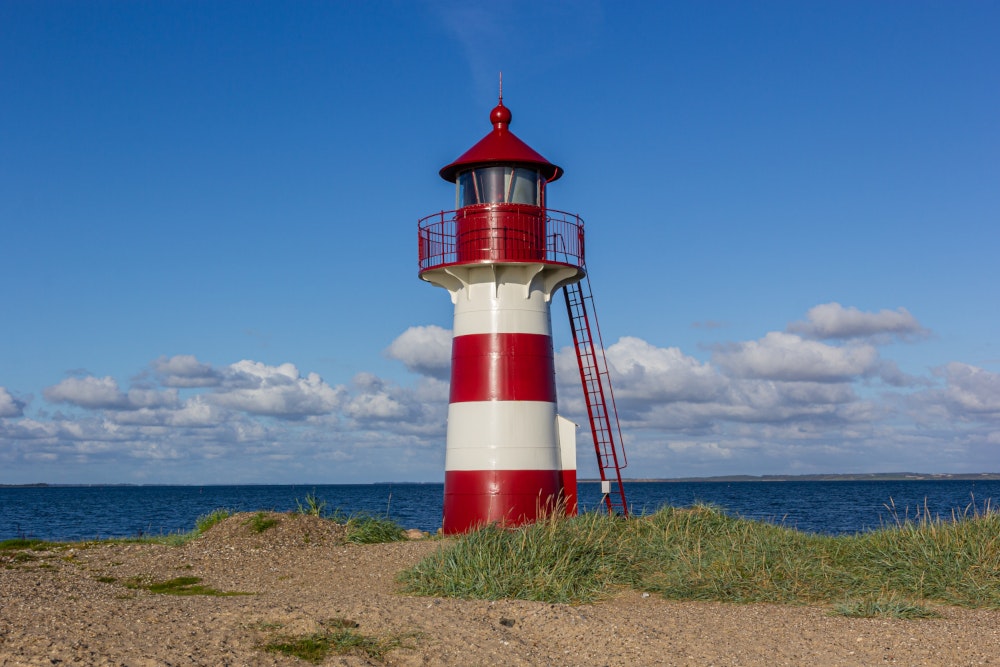
A peaceful retreat imbued with spiritual meaning awaits in Senhora dos Aflitos — a place that for centuries has drawn pilgrims and travelers in search of inner peace. Nestled among green hills, this sanctuary is not only a religious site but also a viewpoint offering breathtaking scenery. The atmosphere is particularly serene here: the soft toll of bells blends with the rustling leaves, creating a sense of harmony.
Senhora dos Aflitos is known for its chapel dedicated to the Virgin Mary, to whom people turn in times of sorrow and trials. Locals often come with candles and prayers, while tourists seek authenticity and natural beauty. In spring, the area is especially charming: blooming trees, fresh air, and a sense of blessed calm make this place a perfect stop while traveling through central Portugal.

A peaceful retreat imbued with spiritual meaning awaits in Senhora dos Aflitos — a place that for centuries has drawn pilgrims and travelers in search of inner peace. Nestled among green hills, this sanctuary is not only a religious site but also a viewpoint offering breathtaking scenery. The atmosphere is particularly serene here: the soft toll of bells blends with the rustling leaves, creating a sense of harmony.
Senhora dos Aflitos is known for its chapel dedicated to the Virgin Mary, to whom people turn in times of sorrow and trials. Locals often come with candles and prayers, while tourists seek authenticity and natural beauty. In spring, the area is especially charming: blooming trees, fresh air, and a sense of blessed calm make this place a perfect stop while traveling through central Portugal.
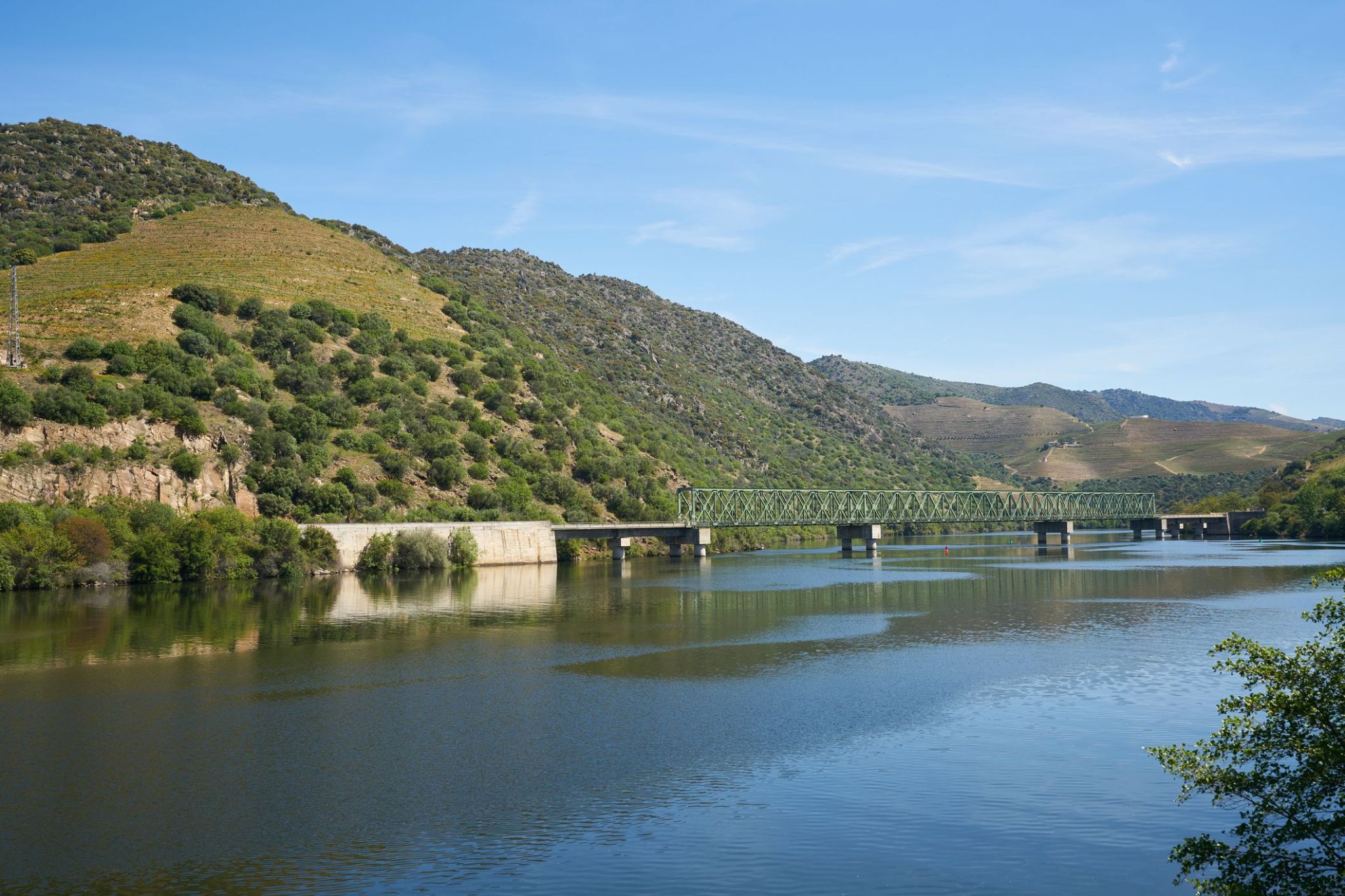
Quietly nestled among the hills of the Douro region, Ferradosa enchants travelers seeking untouched nature and a peaceful atmosphere. This small Portuguese village, located near the train station of the same name, is considered one of the most scenic spots along the Douro River, where vineyards cascade down to the water and trains slowly cross the river bridge, revealing breathtaking views.
Ferradosa is perfect for those wishing to escape the urban hustle and immerse themselves in a world where time seems to stand still. Here, you can enjoy leisurely walks among the vineyards, observe the daily life of local winemakers, and capture unforgettable photos near the famous railway bridge. Often overlooked by mainstream tourism, this hidden gem is ideal for those looking for authentic experiences.
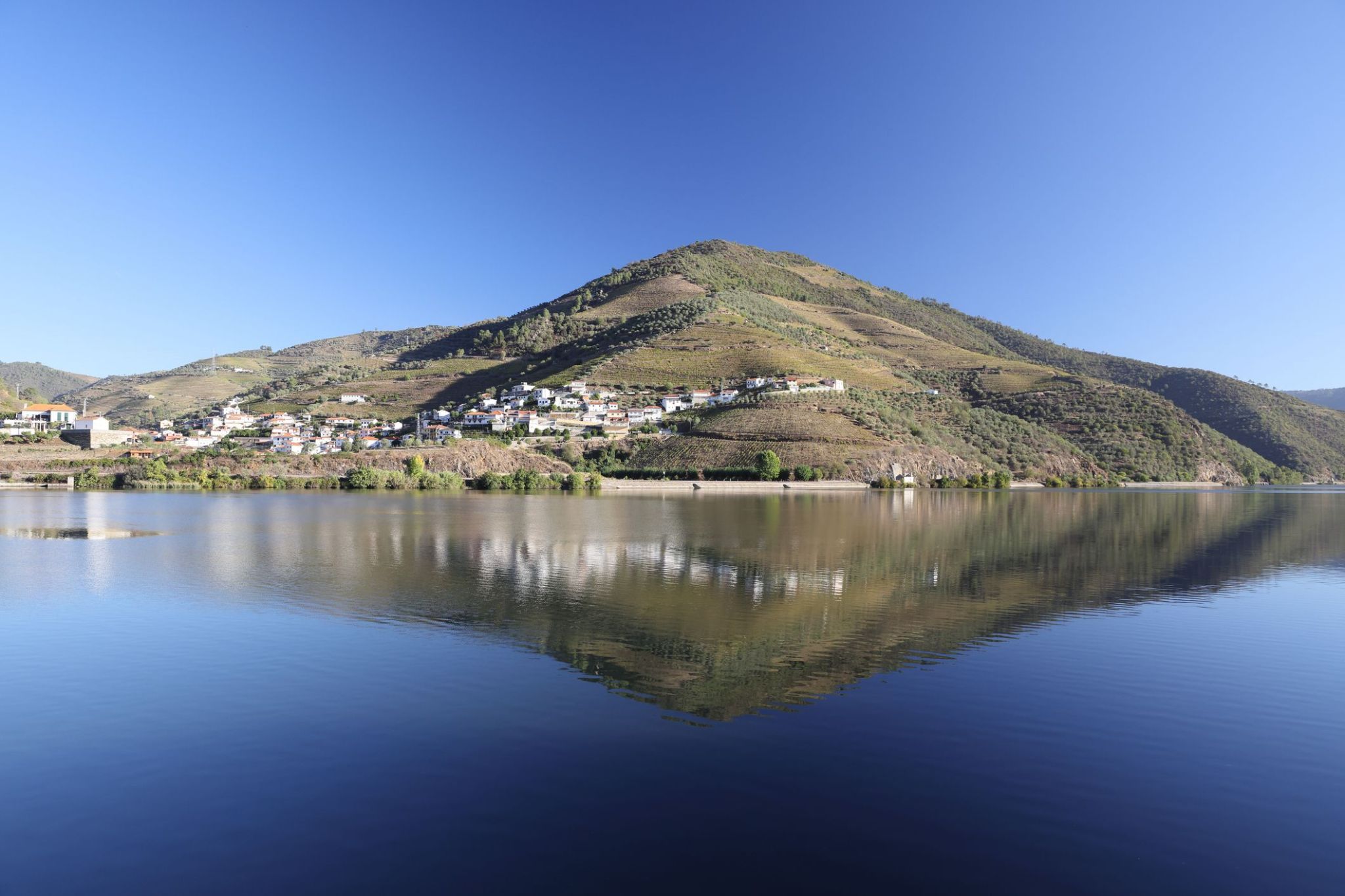
The humble charm of the Portuguese village of Folgosa is perfect for those seeking an authentic Douro Valley atmosphere. Situated on the scenic banks of the river with the same name, Folgosa offers a delightful mix of nature, winemaking traditions, and a slow-paced lifestyle. Visitors will discover narrow streets, vineyards cascading down to the water, and delicious local cuisine focused on regional wines and fresh fish.
Folgosa is especially popular among food lovers: it is home to the renowned DOC restaurant by chef Rui Paula, where guests can enjoy top-notch gastronomy with river views. Thanks to its proximity to major wineries, the village serves as an excellent starting point to explore the culture of port wine and walk through the terraced vineyards recognized by UNESCO as a World Heritage Site.
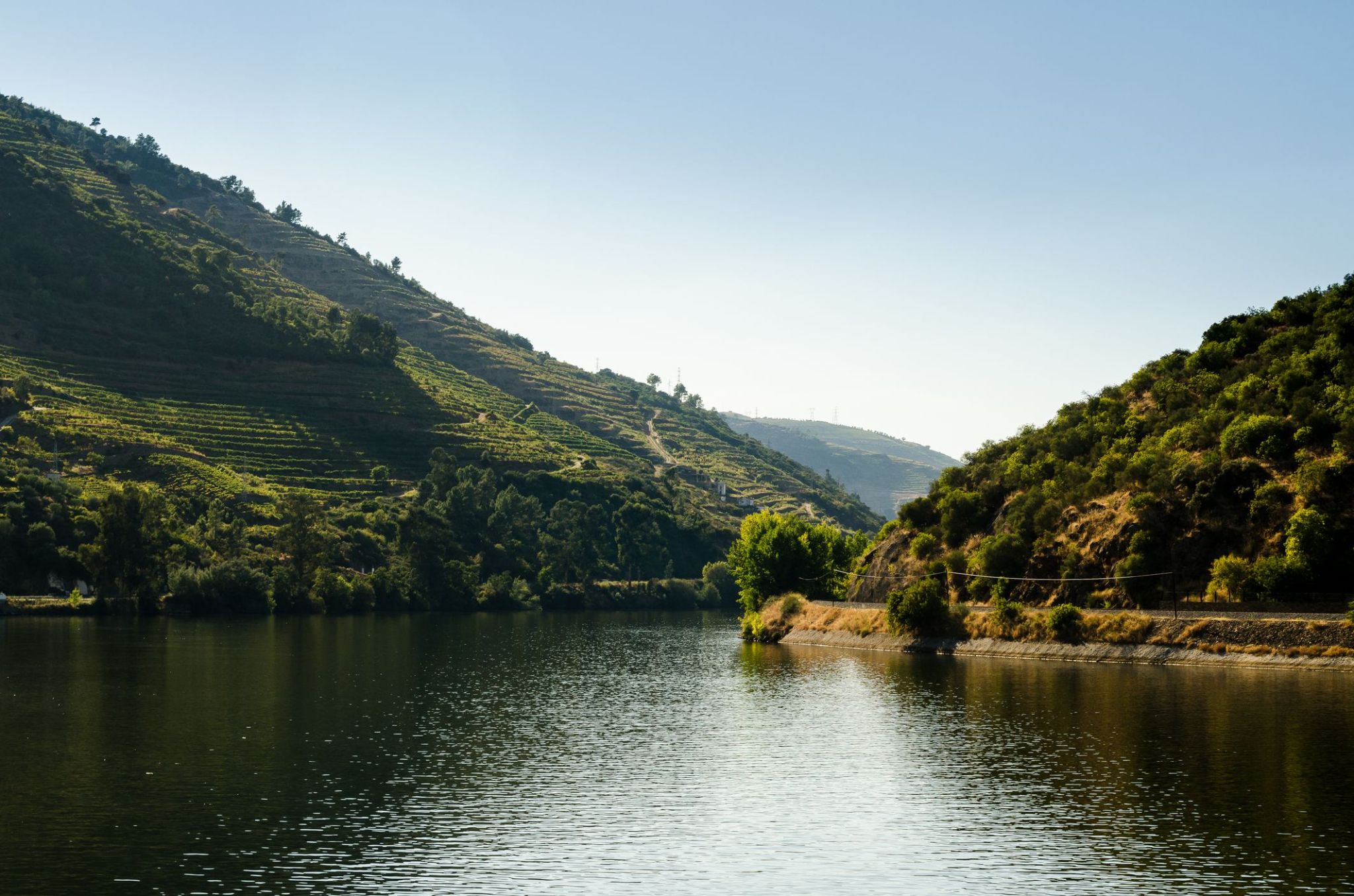
Tucked away among the vineyards of the Douro region, Leverinho offers travelers a path to true Portuguese idyll. This place is perfect for those seeking peace, nature, and leisurely strolls along emerald hills. Here, tranquility reigns, interrupted only by the rustle of leaves and the clink of glasses filled with local wine, which is produced just nearby.
Leverinho is ideal for those who appreciate the authentic atmosphere of rural Portugal—slow-paced, but rich in the joy of life. In nearby wineries, you can sample rare port wine varieties, while on local trails, you can enjoy views of the Douro River, whose waters reflect sunsets like a mirror. This corner is created for inspiration, recharging, and truly savoring the simple pleasures of life.

Tucked away among the vineyards of the Douro region, Leverinho offers travelers a path to true Portuguese idyll. This place is perfect for those seeking peace, nature, and leisurely strolls along emerald hills. Here, tranquility reigns, interrupted only by the rustle of leaves and the clink of glasses filled with local wine, which is produced just nearby.
Leverinho is ideal for those who appreciate the authentic atmosphere of rural Portugal—slow-paced, but rich in the joy of life. In nearby wineries, you can sample rare port wine varieties, while on local trails, you can enjoy views of the Douro River, whose waters reflect sunsets like a mirror. This corner is created for inspiration, recharging, and truly savoring the simple pleasures of life.

Порту является вторым по величине городом Португалии после Лиссабона и одним из крупных городских районов Пиренейского полуострова. Население самого города составляет 237 591 человек, а в столичном районе Порту, который выходит за административные пределы города, проживает 1,9 миллиона человек (2011 год) на площади 2 395 км2 (925 кв. Миль), что делает его вторым самый большой городской район в Португалии. Он признан глобальным городом гамма-уровня Исследовательской группой по глобализации и глобальным городам (GaWC), единственным португальским городом, кроме Лиссабона, который был признан глобальным городом.
Расположенный вдоль устья реки Дору на севере Португалии, Порту является одним из старейших европейских центров, и его историческое ядро было объявлено ЮНЕСКО объектом Всемирного наследия в 1996 году. Западная часть его городской территории простирается до береговой линии Атлантического океана. Его поселение датируется много веков, когда он был форпостом Римской империи. Его объединенное кельтско-латинское имя, Portus Cale, было названо происхождением названия «Португалия», основанного на транслитерации и устной эволюции от латыни. На португальском языке название города пишется с определенной статьей о Порту ; следовательно, его английское название произошло от неправильного толкования устного произношения и упоминается как Опорто в современной литературе и многими ораторами.